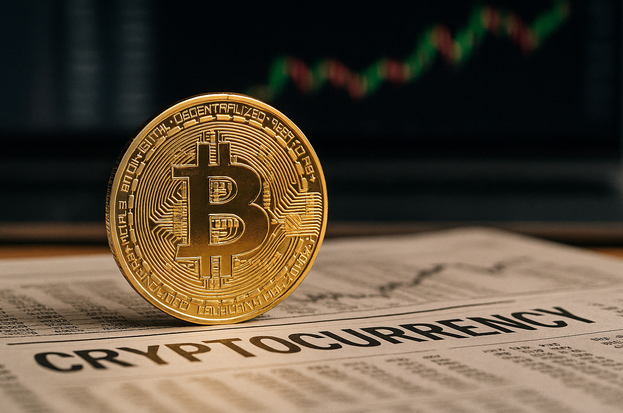TLDR
- PayPal, Tesla, and El Salvador support Bitcoin, boosting its role as a usable financial asset.
- MicroStrategy and Square hold billions in Bitcoin, signaling long-term institutional confidence.
- SegWit and Lightning Network upgrades improve Bitcoin’s speed and lower transaction costs.
- Many miners now use renewable energy, addressing concerns about Bitcoin’s environmental impact.
Despite harsh criticism, regulatory pressure, and energy concerns, Bitcoin remains the top digital currency by market value.
Since its launch in 2009, it has faced repeated market crashes, global scrutiny, and technical limitations. Yet, Bitcoin continues to attract adoption from major companies, financial institutions, and even countries. Its ability to recover and grow through these trials keeps it in the spotlight and fuels continued interest from investors worldwide.
Bitcoin Corporate and National Adoption Fuels Trust
Bitcoin’s adoption by major firms and governments supports its continued position in global markets. Companies like PayPal and Tesla added Bitcoin support to their platforms, allowing users to buy and use it. This gave Bitcoin new exposure and increased its use among everyday consumers and investors.
El Salvador made headlines by becoming the first country to accept Bitcoin as legal tender. This move drew international attention and brought both praise and skepticism. Despite the mixed reactions, the decision showed that Bitcoin can function beyond speculation and play a role in national finance systems.
These actions by companies and governments are not only symbolic. They create real use cases and bring more visibility to Bitcoin as a functioning financial asset. While not without controversy, this level of mainstream attention continues to push Bitcoin forward.
Institutional Investment and Technical Upgrades
Large investment firms and public companies have also placed long-term bets on Bitcoin. MicroStrategy has bought billions of dollars’ worth of the asset, holding it as a key part of its strategy. Similarly, Square and other financial firms have followed suit, using Bitcoin to diversify their reserves.
These investments have added stability to Bitcoin’s price in the long term. Institutional interest often brings careful risk management and a longer investment outlook. As more funds and companies enter the market, Bitcoin benefits from increased demand and reduced short-term selling.
On the technical side, Bitcoin has also seen several upgrades. Segregated Witness (SegWit) has helped improve the network’s speed and transaction costs. The Lightning Network allows faster, cheaper transactions, making Bitcoin more useful for everyday payments. These changes aim to solve Bitcoin’s known issues and prepare it for wider use.
Sustainability Concerns and the Future of Bitcoin Mining
Bitcoin mining uses large amounts of energy, drawing criticism from environmental groups. However, mining operations are shifting toward cleaner sources of energy. Many companies now use solar, wind, or hydro power to mine Bitcoin. This shift is slow but growing and may help reduce the industry’s carbon output.
The Bitcoin network is also designed to adjust its pace of supply. Every four years, the number of new Bitcoins created is cut in half. This process is called halving and is part of Bitcoin’s code. The next halving is expected to tighten supply further, which often affects market behavior.
These factors show that the Bitcoin ecosystem is trying to improve its role in both financial and environmental terms. While challenges remain, the network continues to adapt to meet new demands and conditions.





